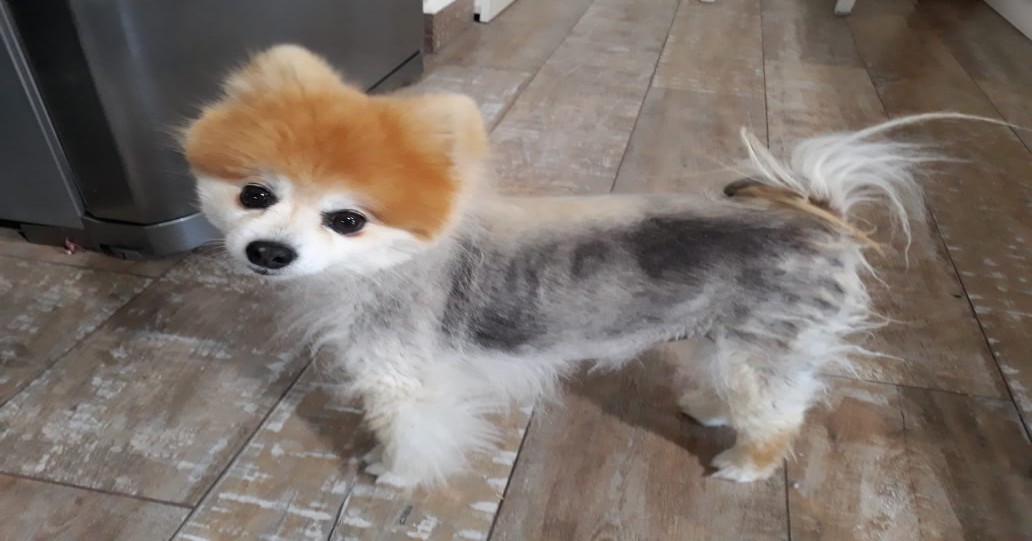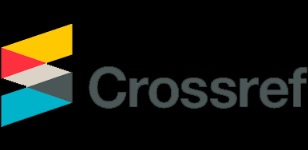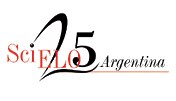Treatment with nanostructures in dog with Alopecia X
DOI:
https://doi.org/10.19137/cienvet.v27.8704Palabras clave:
Alopecia X, IGF, VEGF, bFGF, Nano copper peptideResumen
La alopecia se considera una patología no inflamatoria, sin signos sistémicos, caracterizada por la detención del ciclo de crecimiento del pelo, que es común en los pomeranos y puede ocurrir en otras razas. Se observó una hembra de raza Pomerania castrada y sana con detención del ciclo capilar confirmada por alopecia X y sequedad de la piel. El tratamiento consistió en una formulación de laca para el cabello compuesta por factores de crecimiento fisiológicamente equilibrados en una solución a base de agua y sin alcohol, con el propósito de estimular el folículo piloso y, en consecuencia, el crecimiento del cabello. Para el tratamiento de la piel seca se seleccionó otra composición de principios activos hidratantes y nutritivos. Esta prometedora terapia es fácil de administrar, no tiene efectos secundarios y es de bajo costo, surgiendo como una alternativa a las terapias que causan traumatismos en la piel y la administración de medicamentos sistémicos, que muchas veces no tienen éxito.
Descargas
Citas
Albanese F, Malerba E, Abramo F, Miragliotta V, Fracassi F. Deslorelin for the treatment of hair cycle arrest in intact male dogs. Vet Dermatol. 2014, 25(6), 519-e88.
Cerundolo R, Lloyd DH, Persechino A, Evans H, Cauvin A. Treatment of canine Alopecia X with trilostane. Vet Dermatol. 2004, 15(5), 285-293.
Müntener T, Doherr MG, Guscetti F, Suter MM, Welle MM. The canine hair cycle - a guide for the assessment of morphological and immunohistochemical criteria. Vet Dermatol. 2011, 22(5):383-95.
Stoll S., Dietlin C. & Nett-Mettler C.S. Microneedling as a successful treatment for alopecia X in two Pomeranian siblings. Vet Dermatol. 2015, 26:387-e88.
Bernard BA. Advances in understanding hair growth. F1000 Research. 2016, 8;5:147
Tampucci S, Paganini V, Burgalassi S, Chetoni P, Monti D. Nanostructured drug delivery systems for targeting 5-α-reductase inhibitors to the hair follicle. Pharmaceutics. 2022, 14(2):286.
Brunner MAT, Jagannathan V, Waluk DP, Roosje P, Linek M, Panakova L, Leeb T, Wiener DJ, Welle MM. Novel insights into the pathways regulating the canine hair cycle and their deregulation in Alopecia X. PloS One. 2017, 24;12(10):e0186469
Mausberg EM, Drögemüller C, Dolf G, Leeb T, Rüfenacht S, Welle MM. Evaluation of the CTSL2 gene as a candidate gene for Alopecia X in Pomeranians and Keeshonden. Anim. Biotechnol. 2007, 18(4),291–296.
Wang Z. Regulation of cell cycle progression by growth factor-induced cell signaling. Cells. 2021, 26;10(12):3327.
Moore GP, Du Cros DL, Isaacs K, Pisansarakit P, Wynn PC. Hair growth induction: roles of growth factors. Ann N Y Acad. Sci. 1991, 26:642:308-25.
Weger N, Schlake T. IGF-I signalling controls the hair growth cycle and the differentiation of hair shafts. J Invest Dermatol. 2005, 125(5), 873-882.
Chen CL, WY, Wang EHC, Tai KY, Lin SJ. Functional complexity of hair follicle stem cell niche and therapeutic targeting of niche dysfunction for hair regeneration. J Biomed Sci. 2020, 27(1):43.
Müntener T, Schuepbach-Regula G, Frank L, Rüfenacht S, Welle MM. Canine noninflammatory alopecia: a comprehensive evaluation of common and distinguishing histological characteristics. Vet Dermatol. 2012, 23(3):206-e44.
Gavazzoni K, Marra L, Ferrarini E, Kaltbach V. Use of topic growth factors and minoxidil sulfate in a female dog with black hair follicular dysplasia. 9th World Congress of Veterinary Dermatology; 2020, Sydney, AUS: Vet Dermatol, 31(S1):p1-112(105).
Peus D, Pittelkow MR. Growth factors in hair organ development and the hair growth cycle. Dermatol Clin. 1996,14(4):559-72.
Awuchi CG, Morya S, Dendegh TA, Okpala CO, Korzeniowska M. Nanoencapsulation of food bioactive constituents and its associated processes: A revisit. Bioresour. Technol. 2022, 19, 101088.

Descargas
Publicado
Número
Sección
Licencia
Derechos de autor 2025 Kelli Gavazzoni

Esta obra está bajo una licencia internacional Creative Commons Atribución-NoComercial-CompartirIgual 4.0.
Al momento de enviar sus contribuciones, los colaboradores deberán declarar , de manera fehaciente, que poseen el permiso del archivo o repositorio donde se obtuvieron los documentos que se anexan al trabajo, cualquiera sea su formato (manuscritos inéditos, imágenes, archivos audiovisuales, etc.), permiso que los autoriza a publicarlos y reproducirlos, liberando a la revista y sus editores de toda responsabilidad o reclamo de terceros , los autores deben adherir a la licencia Creative Commons denominada “Atribución - No Comercial CC BY-NC-SA”, mediante la cual el autor permite copiar, reproducir, distribuir, comunicar públicamente la obra y generar obras derivadas, siempre y cuando se cite y reconozca al autor original. No se permite, sin embargo, utilizar la obra con fines comerciales.







.jpg)

4.png)


7.png)






